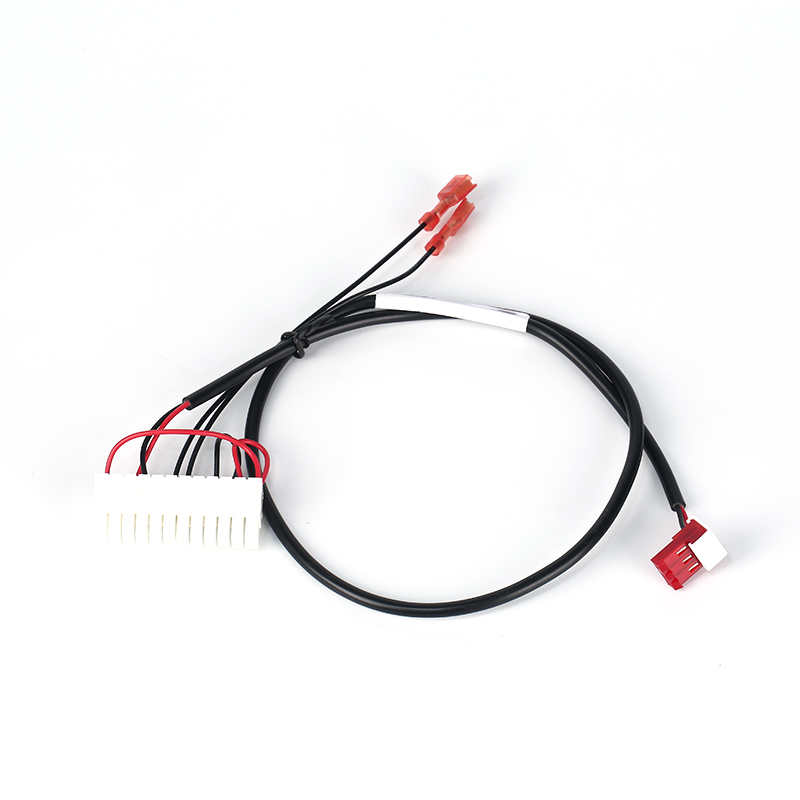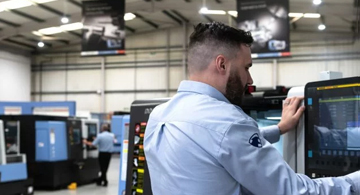SATA Cables are essential components inside computers that connect motherboards to storage devices, with the name derived from the abbreviation of "Serial Advanced Technology Attachment." These cables feature a slim and flexible flat cable design that replaces the traditional bulky PATA cables, significantly improving internal chassis airflow and cable management. SATA cables support hot-swapping capability, allowing users to safely connect or disconnect storage devices while the system is running, providing great convenience for device maintenance and upgrades. The current mainstream SATA Revision 3.0 standard can deliver theoretical transfer speeds of up to 6Gbps, fully meeting the data transmission requirements of modern hard disk drives and solid-state drives while maintaining backward compatibility with earlier SATA devices.
SATA cable connectors feature a unique L-shaped design that prevents incorrect insertion while ensuring secure and reliable connections. Regarding cable length, the SATA specification recommends a maximum length of 1 meter to maintain signal integrity, with practical lengths typically ranging from 30cm to 50cm to accommodate different chassis sizes. High-quality SATA cables often include metal locking mechanisms that provide more secure connections and prevent accidental disconnection, while the cables themselves employ multi-layer shielding structures to reduce electromagnetic interference and ensure data transmission stability. These cables are widely used to connect various internal storage devices including mechanical hard drives, solid-state drives, optical drives, and expansion cards, serving as critical components in building modern computer storage systems. With continuous advancements in storage technology, SATA cables continue to optimize their performance to meet growing data transmission demands.







